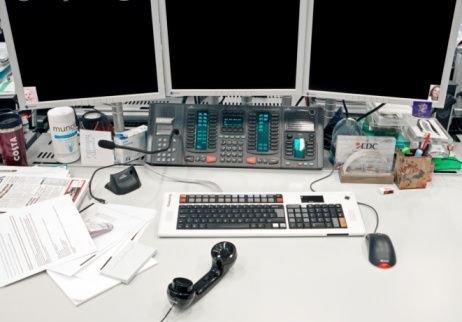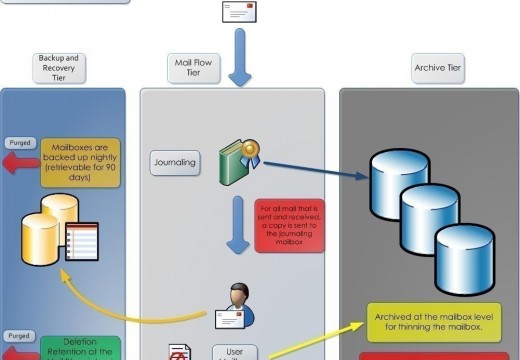Lapidarists use many different types of materials to create jewelry. One of the tools used to create jewelry is a jewelers torch. A jewelers torch is used in various ways to make the materials more malleable.
One of the reasons that a torch is useful is because the flame can be controlled. A torch used for jewelry tends to have a focused flame that allows a large amount of heat to be concentrated at a single point. This heats metals quickly and makes them easier to bend or melt. A jewelers torch heats metal just enough to melt and join it to another metal via processes known as welding, soldering, or brazing. Applying an extremely hot flame to a metal rapidly heats it and the flame’s force will cut it.
Creating such temperatures really depends on the types of fuel used to power the flames. While some fuels can create a wide range of temperatures by adjusting the torch, some may not be suitable for jewelry creation. The torch handler’s skill also plays a large role in the result that each type of fuel gives.
Types of Fuel used in Jewelers Torches
There are four main types of jewelers torch fuels that provide adequate heat to work with jewelry making materials:
Butane – This is a gaseous fuel that is commonly used in cigarette lighters and small hand held torches. It is commonly used in small or micro sized torches that are easy to handle and excellent to work with for short periods of time.
Propane – This is a gaseous fuel that is heavier than air and easy to liquefy under warm temperatures. Propane torches are generally larger than butane torches and come in a variety of styles. They are good for heating and soldering metals.
MAPP – This is the gaseous fuel methylacetylene-propadiene propane that lapidarists commonly use to heat, solder, braze, and weld metals.
Propane and Oxygen – A mixture of propane and oxygen create a high temperature flame that can be used for cutting and welding materials.
A jewelers torch can be used in many ways. It is commonly used for soldering and requires the torch to reach really high temperatures. In order to melt most precious metals, temperatures are usually well above 1500 degrees Fahrenheit. The torch must be able to be adjusted in a way that creates the correct temperatures either through the fuel type, amount of fuel being used, or the type of torch tip used to concentrate the flame.
Jewelers typically use a variety of torch tips that help to control how fast or how much fuel is expelled from the line when lit or adjusted. Tips meant to release more fuel at a time are generally used for heating up the materials while tips that have a small opening forces fuel to come out into a more concentrated beam that heats and cuts. The many torch tip sizes mandate how much fuel is used and how it is concentrated for the purpose of heating, soldering, brazing, welding, or cutting material.
Metals Commonly Used with Jewelers Torches
Since a jewelers torch is more commonly used to create than destroy, the metals used will be of high value. The metals most commonly used vary based on their popularity, but the following are used fairly often when working with a jewelers torch:
Gold – Gold is commonly used for jewelry because of its high malleability. Gold visibly heats and can be manipulated easily. Gold does not oxidize as much as other metals and is easily polished once work is complete.
Sterling Silver – Sterling is inexpensive and can make very nice jewelry. Many sources of sterling are available and it can be visibly heated as well. Sterling tends to oxidize more when using torch fuels that contain oxygen, but oxidizes nonetheless.
Copper – Copper can make handsome jewelry. A large amount of heat has to be applied to make it workable and it gets visibly hot when ready to be molded.
Stainless Steel – Steel is used for many different reasons. It looks great when polished and can be paired with other metals for a great look as well. Steel has a much higher melting point.
Alloys – Many alloys are used in jewelry making. For example, white gold is a mixture of yellow gold and a white metal such as nickel, silver, etc. Different alloys have different melting temperatures due to the mixture of attributes from the metals that they are composed of.
Types of Jewelers Torches
There are three types of jewelers torches. They all may be able to use various types of fuels. Some only work with a certain type of fuel, so it is important for those using them to only stick to the recommended fuel types to prevent accidents that could be very costly or fatal.
Micro Torch – The micro torch is an inexpensive option that has many applications in jewelry making. They tend to reach a temperature of over 2000 degrees Fahrenheit and are very useful for soldering. They tend to have a 30 minute capacity and the smallest options (usually called pencil or pen torches) can be used for precision.
Handheld Torch – The hand held torch is a medium sized fuel tank that has adjustable flame strength. This torch can be used for most jewelry making applications and is propane powered in most instances. The capacity for these small tanks range from 30 minutes to a couple of hours.
Tank Setup – A large fuel tank with piping and hosing needs torch hardware and torch tips for an adjustable flame. The benefit of using a tank setup is that it is entirely adjustable and a large tank has a larger capacity. Large capacity fuel tanks can hold several hours of fuel. Stand alone disposable tanks such as propane are popular, but larger gaseous mixtures are more durable and last longer.




Follow Us!